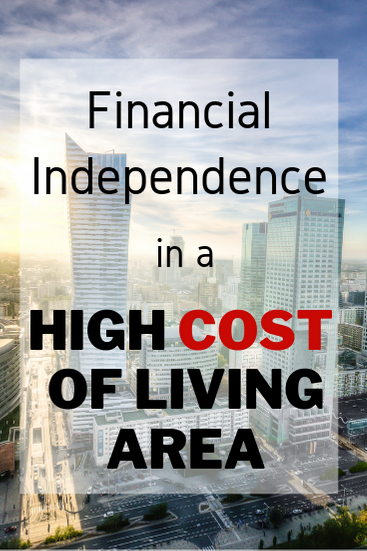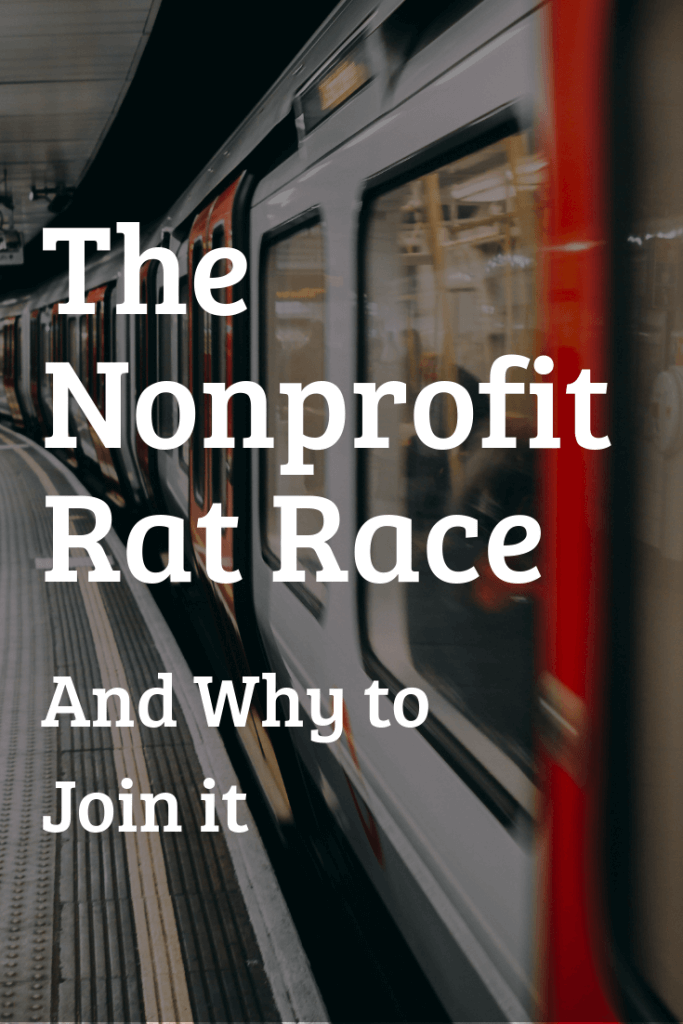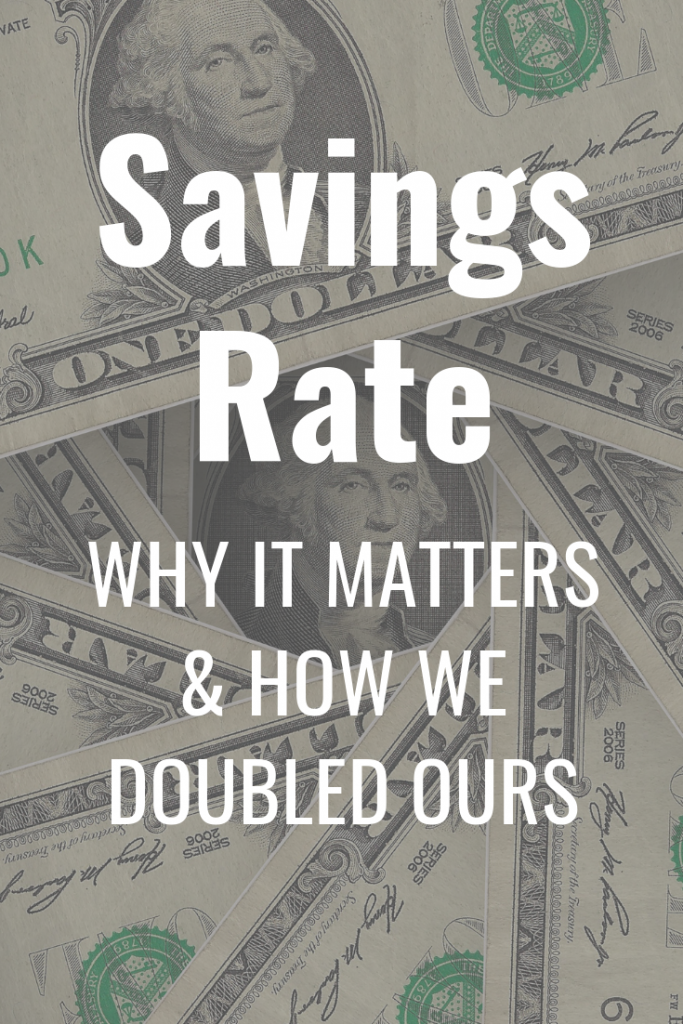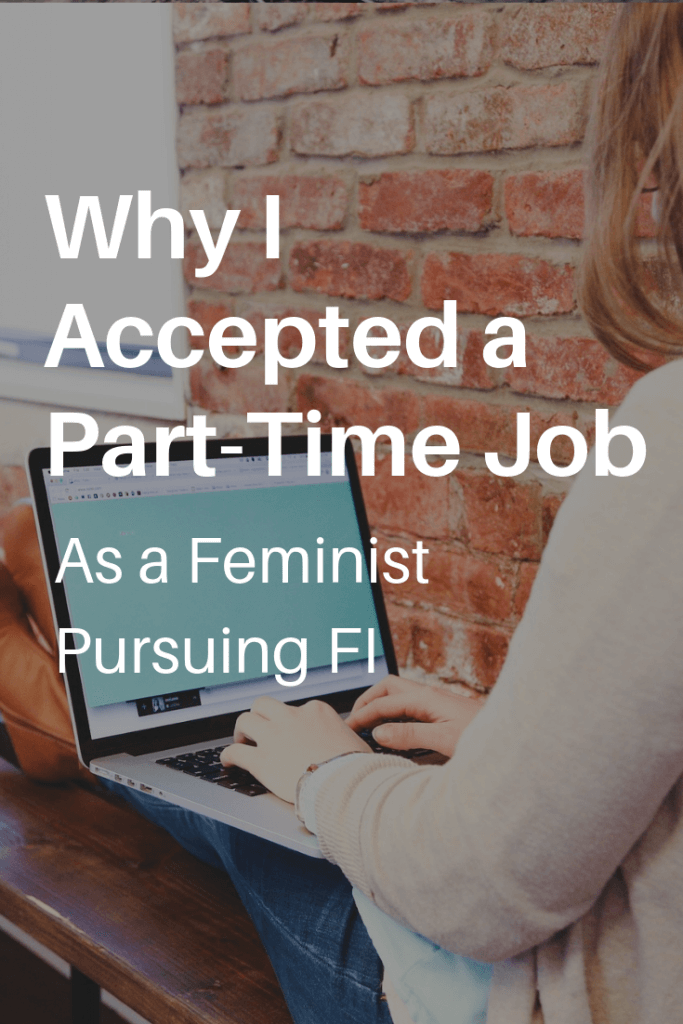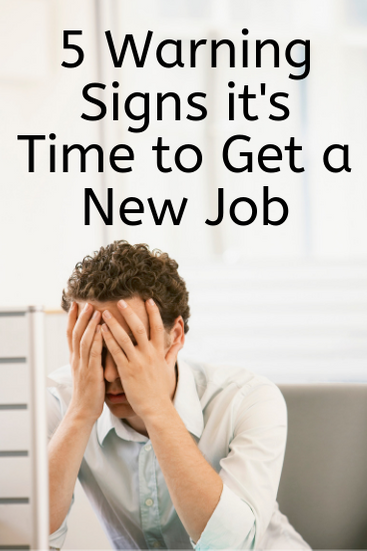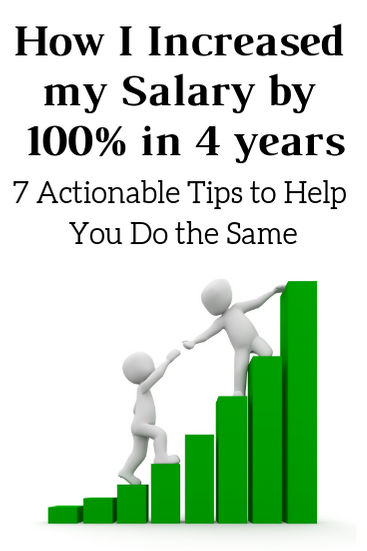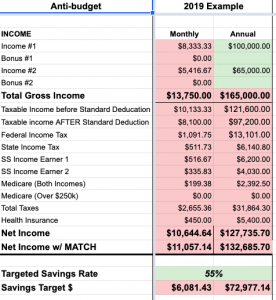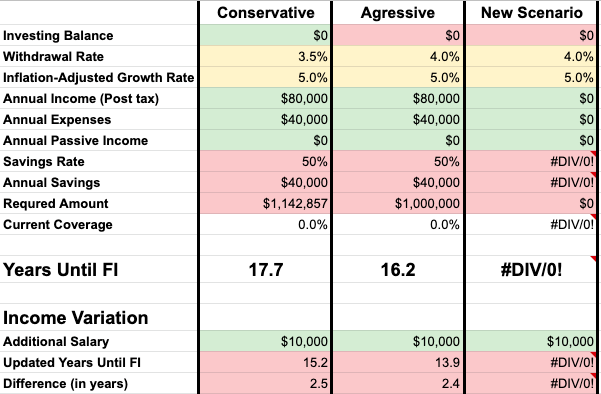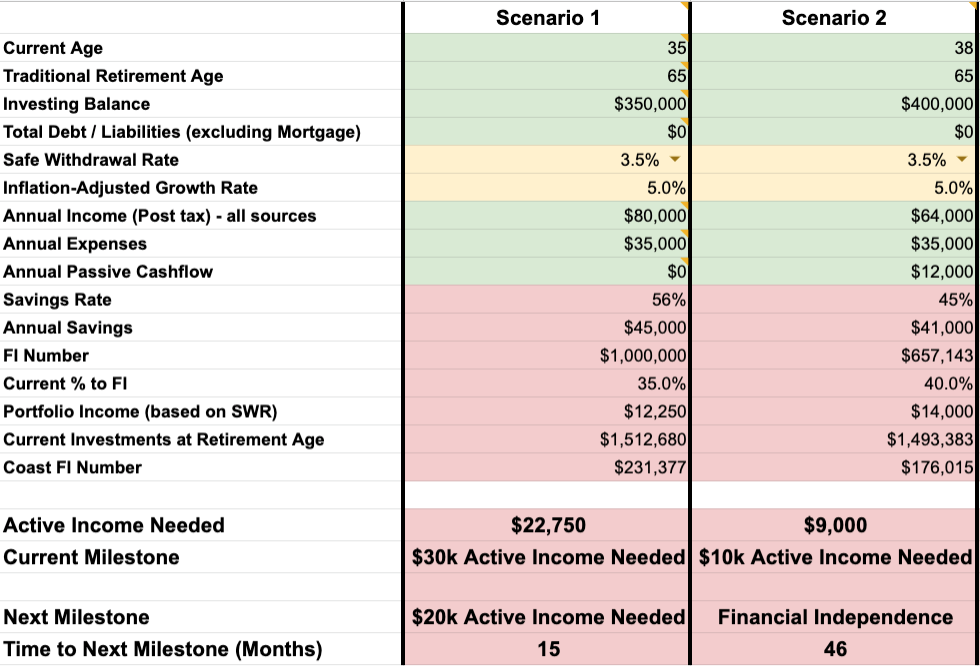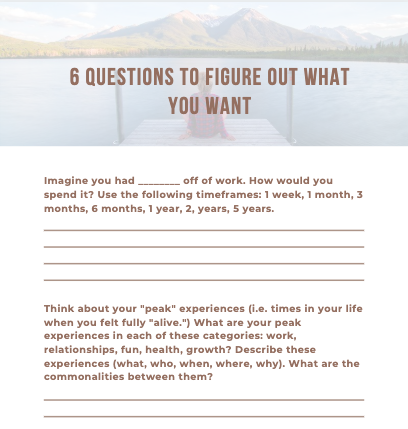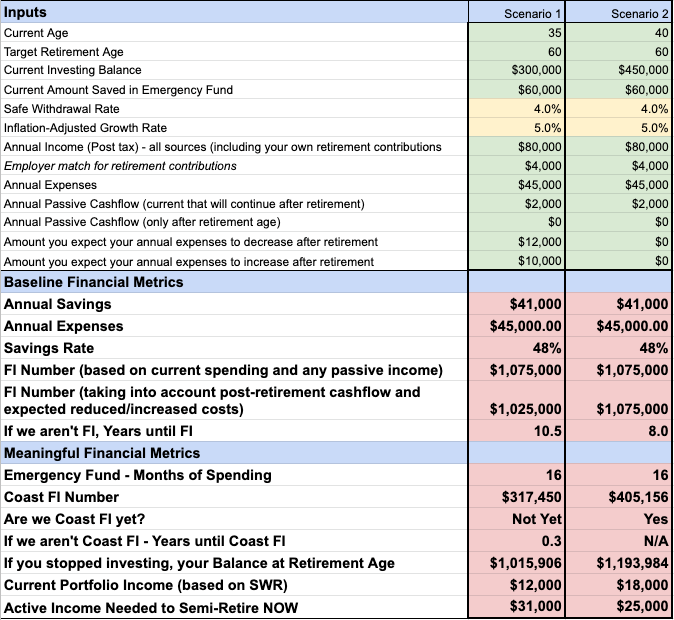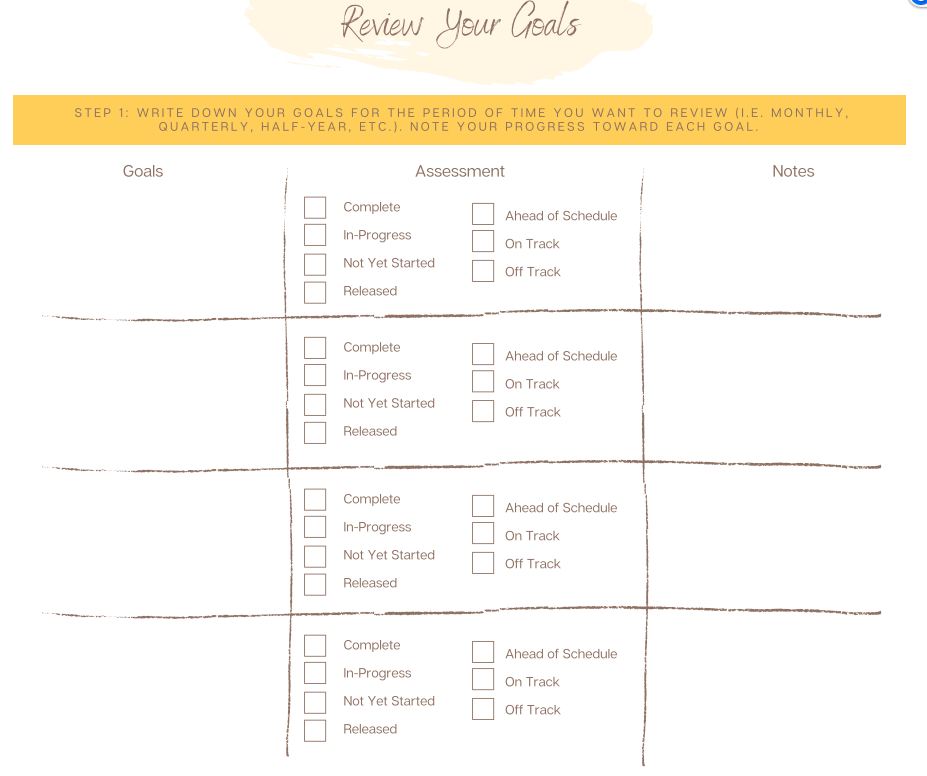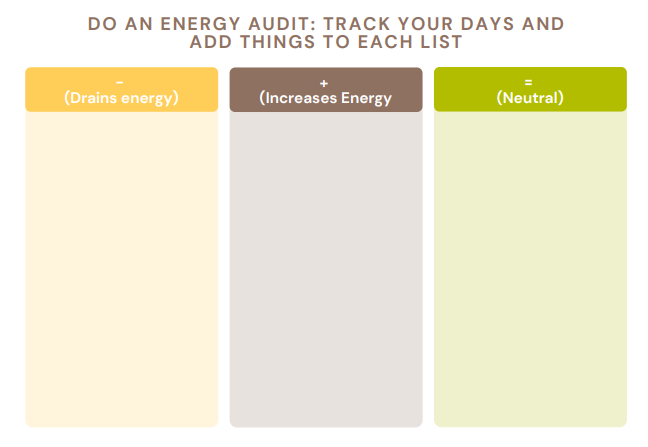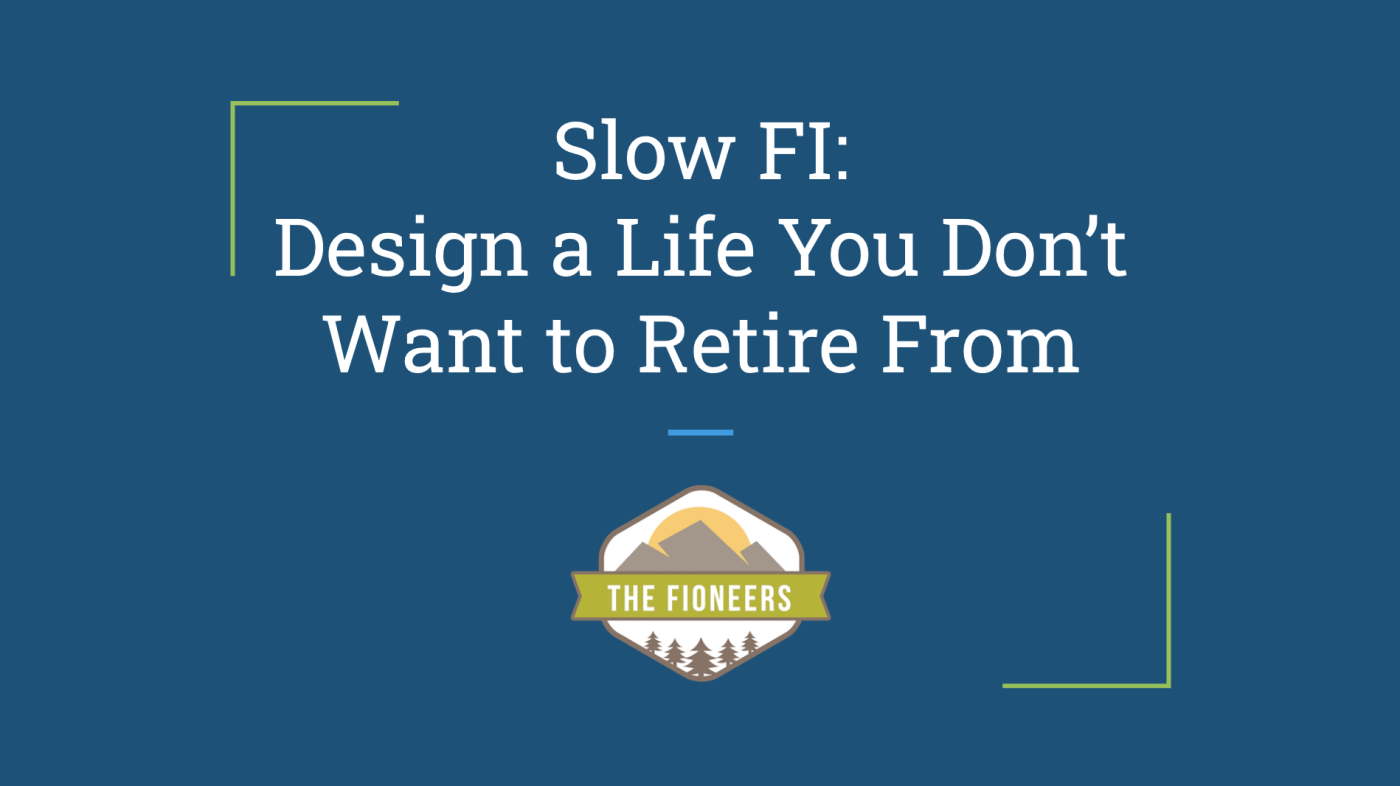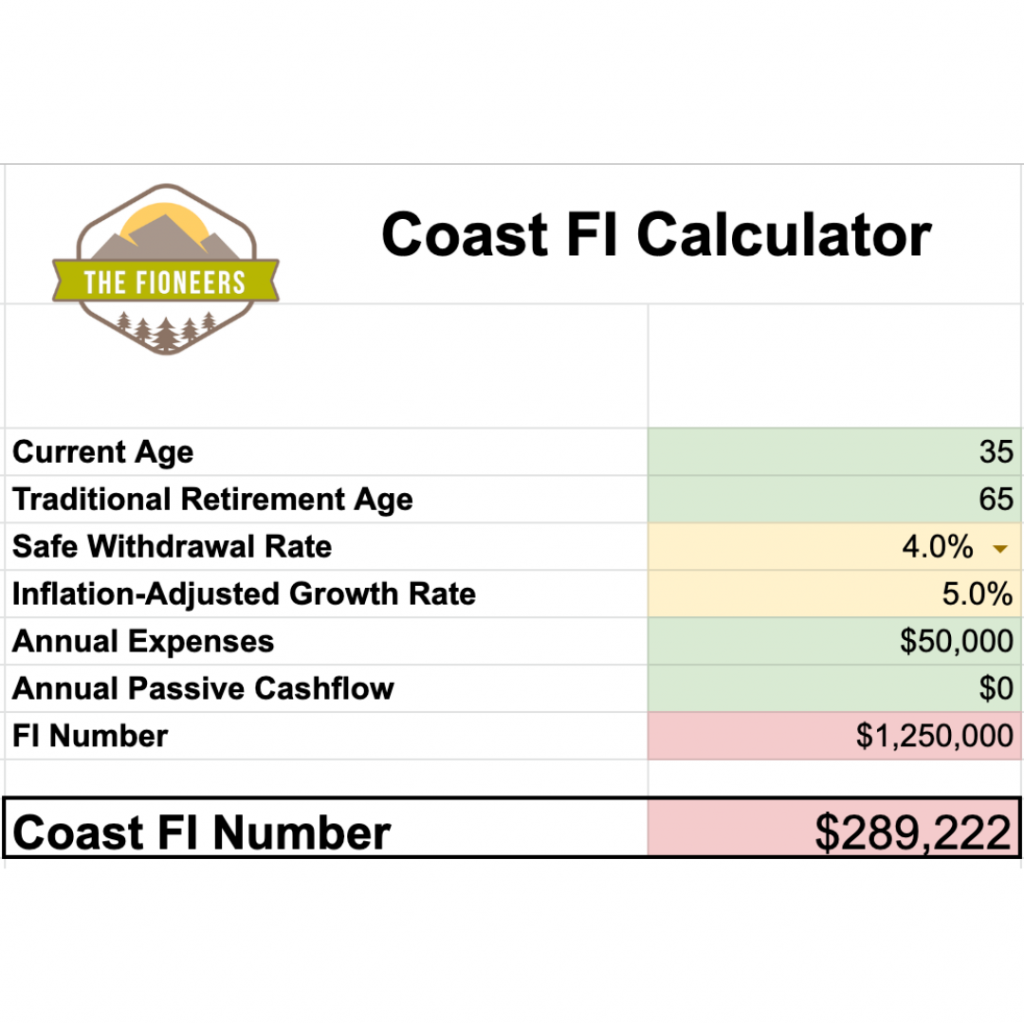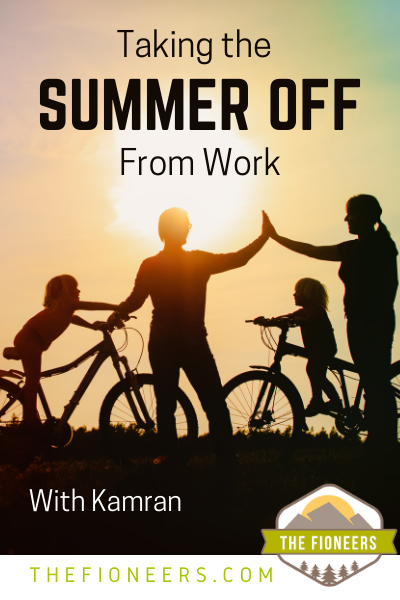
This interview has been a LONG time in the making. I’ve been on the edge of my seat waiting to release it.
I’ve known Kamran for a couple of years now. He started following our blog and would often reach out on social media or by email with questions and ideas. After he joined my Design a Life You Love Program in early 2021, I got a front-row seat as he determined how he wanted to design his life.
One of his first goals was to figure out how to take the summer off. Since his wife works in education, he wanted to match her schedule and have more quality time with his young kids over the summer.
Now that the summer’s past and he’s had time to reflect on the experience, he’s ready to share!
I can’t wait to get into this interview!
1. Tell me a little bit about you.
I’m Kamran. I’m 33, and I’m a software developer living in Minnesota with my wife and two kids.

I work full-time, but I have an entrepreneurial bent so I have a litany of side projects. Outside work, I enjoy home DIY, playing video & board games, and spending time outdoors in nature.
2. What deliberate decision have you made to slow down and improve your life? Why did you decide to make this decision?
This past year I decided to take the summer off and requested an unpaid leave of absence from my full-time job for 10 whole weeks, June to August.
My wife started working at a school in 2018, and she’s had summers off since so I was a little jealous! We keep the kids home from daycare over the summer and I didn’t want to keep missing that precious time with them while they’re young.
3. How did the decision to take the summer off impact your quality of life?
Taking the summer off was fantastic. It gave me time to recharge, finish a few videogames I was itching to play, work on the house, but most of all it gave me plenty of time with the family.

Before the summer started, we made a list of activities we could do. Each week on Sunday, my wife and I would sit down for about 30 minutes and plan the week. A typical day included a morning and late afternoon activity, usually outdoors. We’d bike with the kids, go for a walk, or play at the park.

Every year, we like to plan one big trip. This summer we took a road trip through Minnesota down to Tennessee to visit the Great Smoky Mountain National Park. We weren’t constrained by using PTO, so we were able to take a longer 10-day trip.
I also took time for myself to try and develop a morning routine. Since the pandemic began, I have been working remotely full-time. I lost that habit of getting up at the same time every morning to catch the bus. I didn’t miss the commute, but I knew I needed a routine. I eventually discovered that if I put my phone in the master bathroom and programmed the coffee the night before, I could trick myself into getting up before the kids got up! I used this time for a walk, bike ride, or just watching nature. I never thought I could break the snooze habit but it’s been several months and I’m happy to say I haven’t regressed!
Having the time and space to experiment and reflect was crucial. At my job, we work in 2-week cycles which we call “sprints,” and each week blows by so quickly. The 10 weeks during the summer felt so relaxed compared to that. It was almost unnerving and that was with the bustle and energy of two active little kids to care for.
4. What enabled you to take the summer off?
The most important thing that helped me do this was finding a supportive community. In 2019, I had started following The Fioneers and found the Slow FI community. After liking the content and seeing Jess transition from full-time to part-time to entrepreneur, I decided to enroll in her Design a Life You Love coaching program in Winter 2021.
The program surrounded me with like-minded people that all helped hold me accountable to prepare and plan for the summer off. Intellectually, I knew we could handle a summer off. But, it was still intimidating. I didn’t want to reach the end of the diving board and turn back. I needed some group encouragement to help me take the plunge.
On the financial side, we began to build a cash cushion in 2019 that would allow me to take the summer off.
I knew that I would lose out on income from my full-time job during my time off. And, personal leave isn’t protected like FMLA, which means there was no guarantee I’d get my old job back (even though I had assurances). I didn’t want to leave things to chance. I calculated the savings we’d need using our typical summer expenses (and incorporating expected big-ticket items like trips). Then, I added a buffer we’d be comfortable with if I also needed to look for a new job afterward.
By spring, we had reached our goal of having 4-5 months of expenses buffered. We had been planning for a year. It was hard not to second-guess ourselves but these extra moves let us sleep better at night.
Another thing that helped us make this decision was that my wife’s salary is paid over the full twelve months, even though she only works for nine months. This gave us peace of mind because we know we’d have some income coming in over the summer.
Lastly, because we both took the summer off, we were able to take the kids out of daycare for the summer. Daycare is one of our major weekly expenses, so it removed a huge budget item.
5. Were there things in your life you adapted so that you could continue working toward your long-term goals?
Because I knew I wanted more flexibility to take summers off, I’ve spent time building up secondary income streams. Over the last few years, I’ve worked on diversifying my income through freelancing and creating video courses.
I certainly don’t need to work on the side, so for me, it’s more about my constant desire to learn new things. Producing training courses helps establish my expertise and keeps me on my toes. This extra income definitely helped buffer our finances over the summer.
6. How did your pursuit of FI help or hinder your decision to take the summer off?
Back in 2015, my wife and I “accidentally” took a sabbatical for 6 months and lived in France. I say “accidentally” because I was originally going to work remotely, but that fell through at the eleventh hour. By way of an apology, my employer asked if I wanted to take a sabbatical instead. That was definitely a Hell Yeah moment.
There was one problem though. We weren’t prepared financially to completely take 6 months off! The decision we made was to fund half the trip with a 401k loan. I know… not the best financial decision. But, I still believe it was the best life decision.
Taking that sabbatical showed us the value in “downshifting” our lives. At the time, we didn’t think we could ever do something like that again. With future kids and a house, it didn’t seem possible.
When we were faced with paying twice the amount for daycare once we had our second child, money was starting to feel tight. That’s when I came across Mr. Money Mustache and the FI community.
In 2018, we had been saving around 14% of our income. After discovering FI, we started to put a concerted effort into our finances. Last year, we crossed the 50% savings threshold by cutting expenses and increasing our income.
Before finding FI, taking the summer off to match my wife’s schedule seemed like a pipe dream. But once we turned around our savings rate, it actually seemed doable!
7. How did taking the summer off impact your financial goals or timelines?
We knew taking 10 weeks off would impact our FI timeline. But, like our sabbatical, this decision focused more on the quality of our life.
Without taking the summer off, our FI date would have been August 2030 (8 years, 10 months). By taking the hit to our income and diverting cash flow to build a runway, that date was pushed back 18 months.
On the surface, it seems like a huge hit! But, we weren’t too concerned about it. I’ve been tracking our savings rate for the past few years and our “time to FI” is ever-changing.
In December 2019, our FI date was Aug 2034. This means that our current FI timeline with taking the summer off date is still 2 years better than how we were doing in 2019.
Over time, we expect things to ebb and flow. We’re trying to intentionally design our lifestyle now rather than expecting things to automatically be better in the future.
8. What’s next for you? How will you continue designing your life?
I first heard the notion of life being seasonal from Jillian Johnsrud. In this season of life, I want to enjoy time with my kids while they’re young (and still think we’re cool).

We are expecting our third child within the year, so that will be the next big thing for us. I’ll be continuing to move towards building my ideal life which incorporates more focused time with family and doing meaningful work that I love. The space this summer allowed me to explore hobbies and experiments.
I remember hearing a random anecdote of someone leaving a company and in their email, they said they were leaving because they “had other mountains to climb.” In their case, it was literal mountains but I like the metaphor. There are definitely some mountains in my future that I’d love to climb.
9. Why and when do you think someone might consider “downshifting?”
You might want to consider downshifting if you are either recognizing signs of burnout or you simply want to slow down before the next major season of life.
The season in our lives where my wife and I (at 27) took a sabbatical without kids has passed. The traditional narrative says that we need to wait until age 55 or 60 to do something like that again. The FI community rejects that narrative.
At the same time, we need to be careful and not fall into the other trap of “grinding” to a specific number which itself could take 6-10 years for us. That’s a long time when you’re in your 30s or 40s and have kids!
What I like about the Slow FI mindset is that it not only encourages actively working towards FI but also to enjoy the journey. I don’t want to miss the trees for the forest. You don’t have to wait until you reach FI to figure out what your ideal life looks like today.
10. What advice do you have for someone considering a similar decision?
Thinking you can’t (or worse, shouldn’t) take a sabbatical while working full-time is a limiting belief! It’s expensive and stressful to hire and onboard new employees. To your boss or boss’ boss, it’s much harder to go through the hassle of interviewing and hiring highly-skilled workers (especially external hires).
The easier decision is to grant you leave rather than risk you quitting. After I returned to work from our sabbatical in 2015, I continued at my then-employer another 2 years advancing my career until I moved on. Taking time off did not mean I was “limiting” my career.
People regularly take parental, medical, and military leaves. Personal leave is not too radical. Any medium or large company has policies around leaves of absence. The worst your employer can say is no and hopefully by pursuing FI, you’re prepared for that financially and can pivot.
Good companies want you to be happy with your work, and they’d prefer to keep you around. Your leave of absence could even be reframed as an investment. In my case, I caught up on my reading list and I brought all the ideas back to my team which led to improvements in the way we work! That’s a win-win.
Thank you so much, Kamran, for sharing your story with us!
As someone who worked in Human Resources for many years, I want to reiterate what Kamran said about taking time off. If you are a high-performing employee in a skilled profession (and your finances are in order), taking time off of work is absolutely an option for you. And, there’s a good chance it won’t be detrimental to your career progression.
I’ve seen so many people (in addition to Kamran) take time off of work and return to their employer. In fact, I’ve done multiple Slow FI interviews about this exact thing. Diania took several months off to walk the Camino de Santiago in Spain. Marjolein took a six-month mini-retirement. A former colleague in a previous workplace took several months to volunteer for a political campaign before a big election. All of these people were able to return to their jobs afterward.
I’ve seen firsthand how incredibly hard it is to hire new people into highly-skilled roles. It could take three to six months to hire someone new. Then, it takes at least that long to onboard them and get them fully up to speed. As an HR professional and hiring manager, I would much rather grant a sabbatical to keep a high-performing employee around long-term.
To be clear, not all companies have organizational cultures that are amenable to this. However, I do think companies are headed in this direction. We’ve seen so many people quit their jobs over the past several months. Employers are scrambling to figure out how to keep people happy and retain them.
Kamran made another point in the interview that I loved. He said that your FI timeline is not static. It will change over time depending on so many different things: your expenses, your income, and simply how the market is doing.
At first blush, making a decision that would add 18 months to your FI timeline could seem a bit extreme. However, it’s important to put it into context. This updated timeline was still shorter than what Kamran had expected his timeline to be only two years earlier. I would also be curious to see how this actually shakes out in the long run, since we are often quite conservative with projections.
We found something similar to be true when I decided to work part-time. We worked through the numbers and expected that the decision would add two years to our FI timeline. Looking back, the reality is that it hardly changed at all. How? Because we weren’t always super busy and burned out, we ended up spending a lot less money.
For me, the key is to ensure that I’ll reach FI eventually. If I’m working to build a life I truly love, it’s okay if it will increase the timeline. Maybe we all won’t be so overly concerned about the timeline if we design lives we don’t feel like we need to retire from.

If you’d like to continue following Kamran’s journey, he and his wife share updates on the lifestyle and crafting blog, Looks Good to Us, or you can find him on Twitter @kamranayub.


